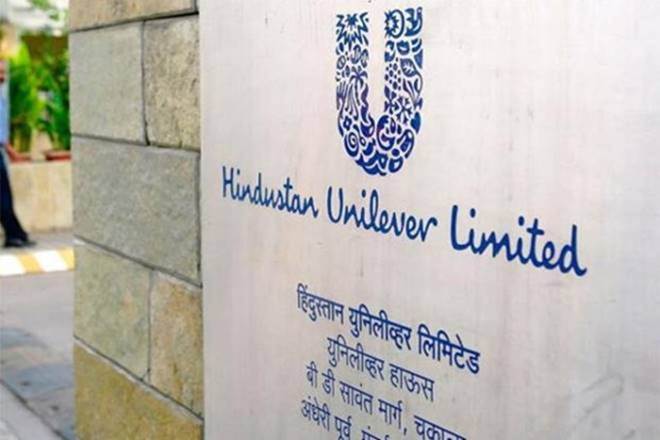Lockdown quarter weighs, uncertainty on demand will persist, but this one-off quarter doesn’t reduce HUL’s structural appeal. We think HUL will spring back to growth as soon as the situation normalises and FY21 will still likely be a resilient year. Optically expensive valuation builds in reasonable long-term expectations; stay buy with a new TP of Rs 2,650 (vs Rs 2,350).
Lockdowns and restrictions weigh on the quarter. As per HUL, sales were disrupted from 15 March onwards due to selective restrictions across states which had begun before the full lockdown starting on 25 March. HUL asserts that it was on track to deliver c5% volume growth (3% value growth) for the quarter and the lockdown led to overall volume growth of -7% for the quarter and domestic revenue growth of -9% (which was significantly below expectations). Excluding the impact of IND AS 116, comparable Ebitda declined by -15% y-o-y (margin declined by 160bp). Within key segments, home care reported a sales decline of 4% while beauty and personal care was down c14% being more in non-essential category, and foods and refreshments declined by 6%, leading to a c8% y-o-y decline in clean PAT.
What it means for Q1 and beyond: Production which was nearly halted at the beginning of the lockdown has come back close to 80% now. HUL is gradually normalising its supply chain, supporting its entire ecosystem of distributors and suppliers, and hopes to return to growth as the situation normalises. We assume partial recovery in Q1 (we model a sales decline of -13%), gradual recovery in Q2, and some normalisation of growth from the festive quarter onwards, leading to overall FY21 organic revenue growth of c2%. HUL’s aggressive cost management should help it deliver PAT growth of c9%.
HUL’s investment case rises above this short-term disruption: HUL’s structural appeal lies beyond the defensiveness it offers amid Covid-19 disruption, in our view. We regard HUL as a growth engine with superior cost economics which is underpinned by its presence and leadership in several large and underpenetrated categories, where it has brands, scale, innovation pipeline, superior go-to market strategy, marketing mix and deep distribution muscle. This is evident in its consistently superior performance even against a backdrop of consumption slowdown.
HUL’s optically expensive valuation builds in long-term earnings growth expectations of c12.5%, which we believe is undemanding given its superior cost economics and aggressive growth strategy. We cut our FY21-22e sales estimates to factor in Covid-19 disruption, which is more than offset by a lower cost of equity (8.7% vs 9.0% earlier) and higher long-term growth (5% vs 3.5%), and our DCF-based TP increases to `2,650. Our new TP implies c19% upside, and we maintain our buy rating. Covid-19 disruption extending beyond Q1FY21 is a key downside risk.

